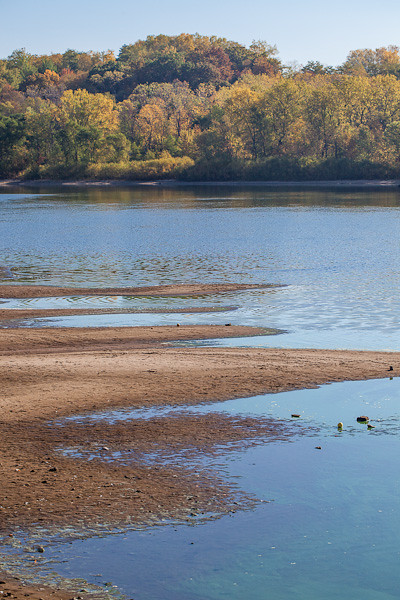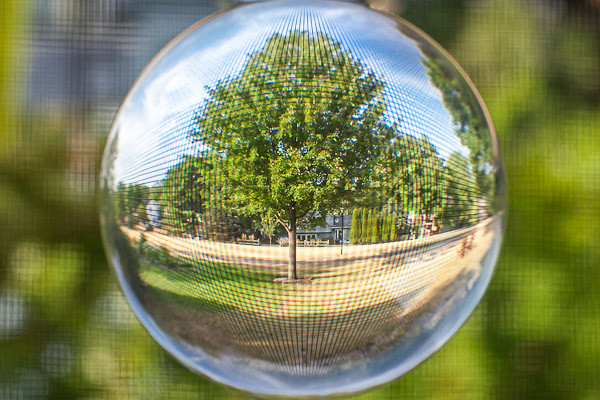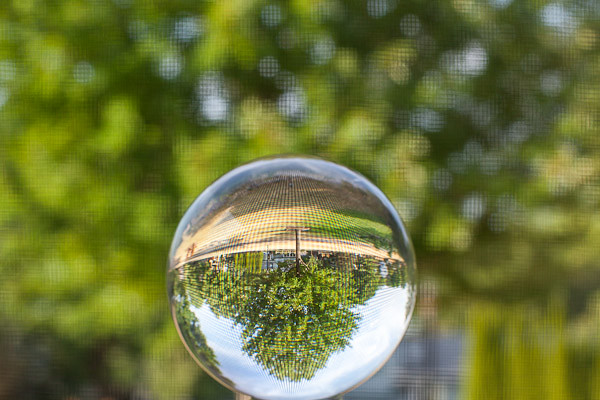
https://www.petwantsclt.com/petwants-charlotte-ingredients/ Sandbar Fingers © 2012 Bo Mackison
Each of us needs to withdraw from the cares that will not withdraw from us. ~ Maya Angelou
It is autumn along the Wisconsin River.
The river is low, a result of the drought in spring and most of summer. August’s rains were not enough to fill the banks of the river. And so sandbar fingers stretch from shore. As far as I can see, peering from the bridge, there are sandbars edging from shore and sandbars rising from the river’s middle.
Trees across the river have changed their summer greens for autumn oranges and yellows, and soon, it seems too soon, the glorious autumn colors will change again. They will turn into autumn’s piles of crisped, brown leaves below bare branched trees.
Change. Nature manages its changes, coinciding with the seasons, recycling over and over. Nature responds to changes that aren’t cyclical on a yearly calendar also, ones that track over decades and centuries. Rivers overflow, flood the nearby lands and the nearest buildings and roads in river towns. Rivers run low, exposing land that is usually hidden from sight, once only the realm of underwater creatures.
To everything – turn, turn, turn
There is a season – turn, turn, turn
And a time for every purpose under heaven.
~ lyrics from Turn, Turn, Turn by The Byrds
It is autumn in my life, too. I walk through the yearly calendar’s changes. Month by month, I anticipate spring, summer, fall, winter. Sometimes I know what to expect. Some things are planned – a joyous wedding, a planned holiday with family, a special birthday. Some events are unplanned – a family member’s lost job, the death of a close friend, a change in a long-standing relationship.
Perhaps one of the most difficult is the aging of parents and the responsibilities that come with that change in family status. Elderly mothers and fathers are no longer the matriarchs and patriarchs in charge; middle-aged sons and daughters are no longer the ones that obey. Shifting responsibilities, shifting emotions.
Our lives follow similar patterns to those found in nature. The river runs low. Our energies run low. Sandbars are exposed, exposing that which had been underwater, out of sight, for many years. The status quo is disrupted. Secrets spill open, lives are altered. There is no taking back the time, no denying the newly discovered information.
The trees drop their leaves and only the gray skeletons remain. Some changes are short-term, like the bare limbed trees. Spring brings budding leaves; summer, a fully leafed tree. Flowers bloom, grass grows.
Sitting silently
Doing nothing
Spring Comes.
The grass grows by itself.
~ Zen Haiku
Some of nature’s changes take longer periods of time, like the deep river that will only stretch to its edges after many rains and deep snowfalls. Even then, there are subtle changes in its ebb and flow.
Some of the changes – severe damage to the earth from which it cannot recover in a many a generation’s lifetime or a death in a family – they leave a more enduring mark of change. Time passes. We adapt to the constancy of change.
—————
Bo Mackison is a photographer and the owner of Seeded Earth Studio LLC. She is searching for clarity amidst many changes.








